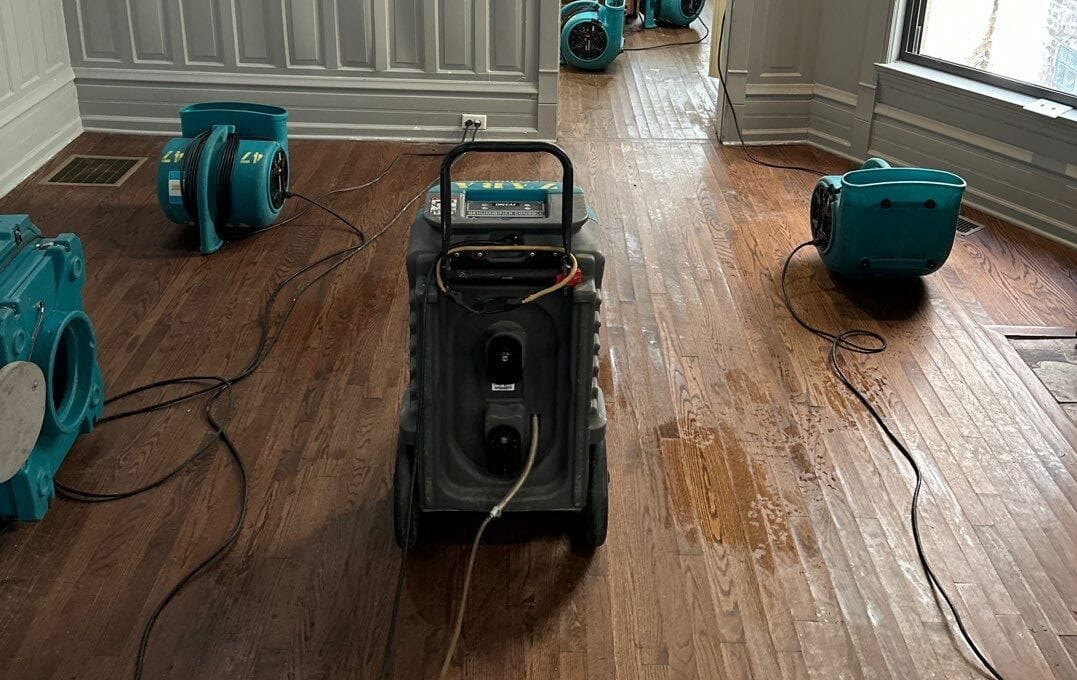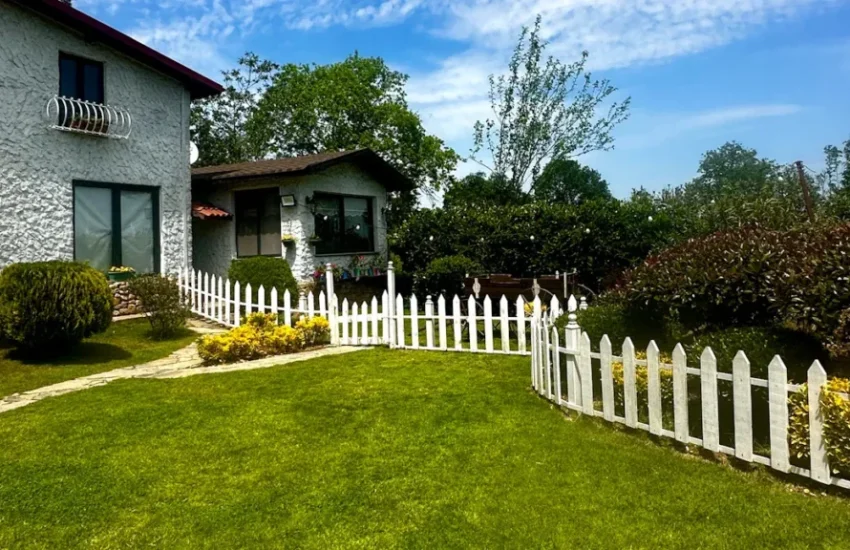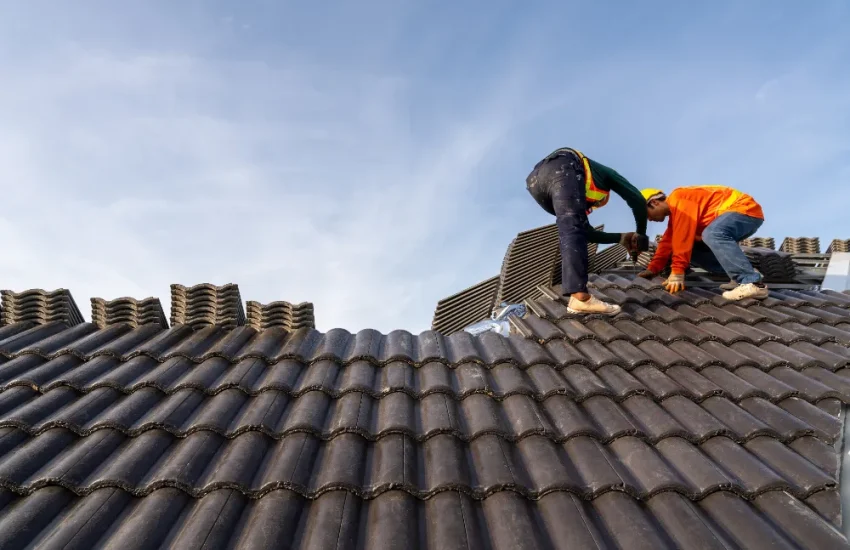How to Handle Water Damage: Key Strategies for Emergency Restoration
Water damage can strike unexpectedly, whether due to severe weather, plumbing failures, or other unforeseen issues. Prompt and effective action is crucial to mitigating damage and restoring your property. This article explores key strategies for handling water damage and emphasizes the importance of emergency water damage restoration.
Understanding Water Damage
Water damage occurs when excess moisture infiltrates a structure, leading to various problems such as structural weakening, mold growth, and damage to personal belongings. The extent of the damage can vary based on the source of the water, the duration of exposure, and the materials affected. Addressing water damage swiftly can significantly reduce the severity of the impact and expedite the restoration process.
Immediate Actions to Take
1. Ensure Safety First
Before addressing water damage, prioritize safety. Ensure that the electricity in the affected area is turned off to prevent electrocution hazards. If the water damage is extensive, consider evacuating the premises until it is safe to re-enter. Wearing protective gear, such as gloves and boots, can help avoid contact with contaminated water.
2. Stop the Source of Water
Identifying and stopping the source of the water is critical. For plumbing leaks, turn off the main water supply to halt further leakage. If the damage is due to a natural disaster, such as flooding, it may be necessary to wait for the water levels to subside before taking further action.
3. Document the Damage
Before beginning any restoration work, document the extent of the damage for insurance purposes. Take clear photographs and notes of affected areas and damaged belongings. This documentation will be valuable when filing a claim and can assist professionals in assessing the situation.
Emergency Water Damage Restoration Strategies
1. Remove Excess Water
The first step in emergency water damage restoration is to remove excess water. Utilize pumps and wet vacuums to extract standing water from floors and other surfaces. For smaller areas, mops and towels can help with the initial cleanup. Removing as much water as possible will reduce the risk of further damage and mold growth.
2. Dry and Dehumidify
Once excess water is removed, focus on drying and dehumidifying the affected area. Use industrial fans and dehumidifiers to accelerate the drying process. Ensure that all areas, including walls, floors, and ceilings, are thoroughly dried to prevent mold and mildew growth. Proper ventilation is essential to facilitate effective drying.
3. Clean and Disinfect
After drying, clean and disinfect affected surfaces to remove contaminants and prevent mold development. Use appropriate cleaning agents to treat areas that came into contact with contaminated water. Special attention should be given to porous materials, such as carpets and drywall, which may require professional cleaning or replacement.
4. Inspect for Mold and Structural Damage
Water damage often leads to mold growth, which can have serious health implications. Inspect the affected areas for signs of mold, such as discoloration or musty odors. If mold is present, it may be necessary to seek professional mold remediation services.
Additionally, assess the structural integrity of the property. Water damage can weaken building materials, so it is important to check for any signs of structural compromise. Address any issues promptly to ensure the safety and stability of the building.
When to Call in Professionals
While some water damage restoration tasks can be handled independently, severe cases typically require professional intervention. Emergency water damage restoration services provide expertise and specialized equipment to handle extensive damage effectively. Professionals can offer:
- Advanced Water Extraction Techniques: High-capacity pumps and industrial-grade vacuums for efficient water removal.
- Comprehensive Drying Solutions: Professional-grade dehumidifiers and air movers to ensure thorough drying.
- Expert Mold Remediation: Specialized techniques and equipment for mold detection and removal.
- Structural Repairs: Assessment and repair of structural damage to ensure safety and integrity.
Prevention and Preparedness
To minimize the impact of future water damage, consider implementing preventive measures:
- Regular Maintenance: Inspect and maintain plumbing systems and roof structures to prevent leaks and failures.
- Install Water Alarms: Place water alarms in key areas to detect leaks early and prompt immediate action.
- Create an Emergency Plan: Develop a plan for responding to water damage emergencies, including contact information for restoration professionals.
Conclusion
Handling water damage effectively requires a combination of immediate action and strategic restoration efforts. By following the outlined strategies and recognizing when to seek professional assistance, you can mitigate the impact of water damage and restore your property efficiently. Prompt emergency water damage restoration not only helps in managing the current situation but also in preventing long-term issues and ensuring the safety and integrity of your home or business.




